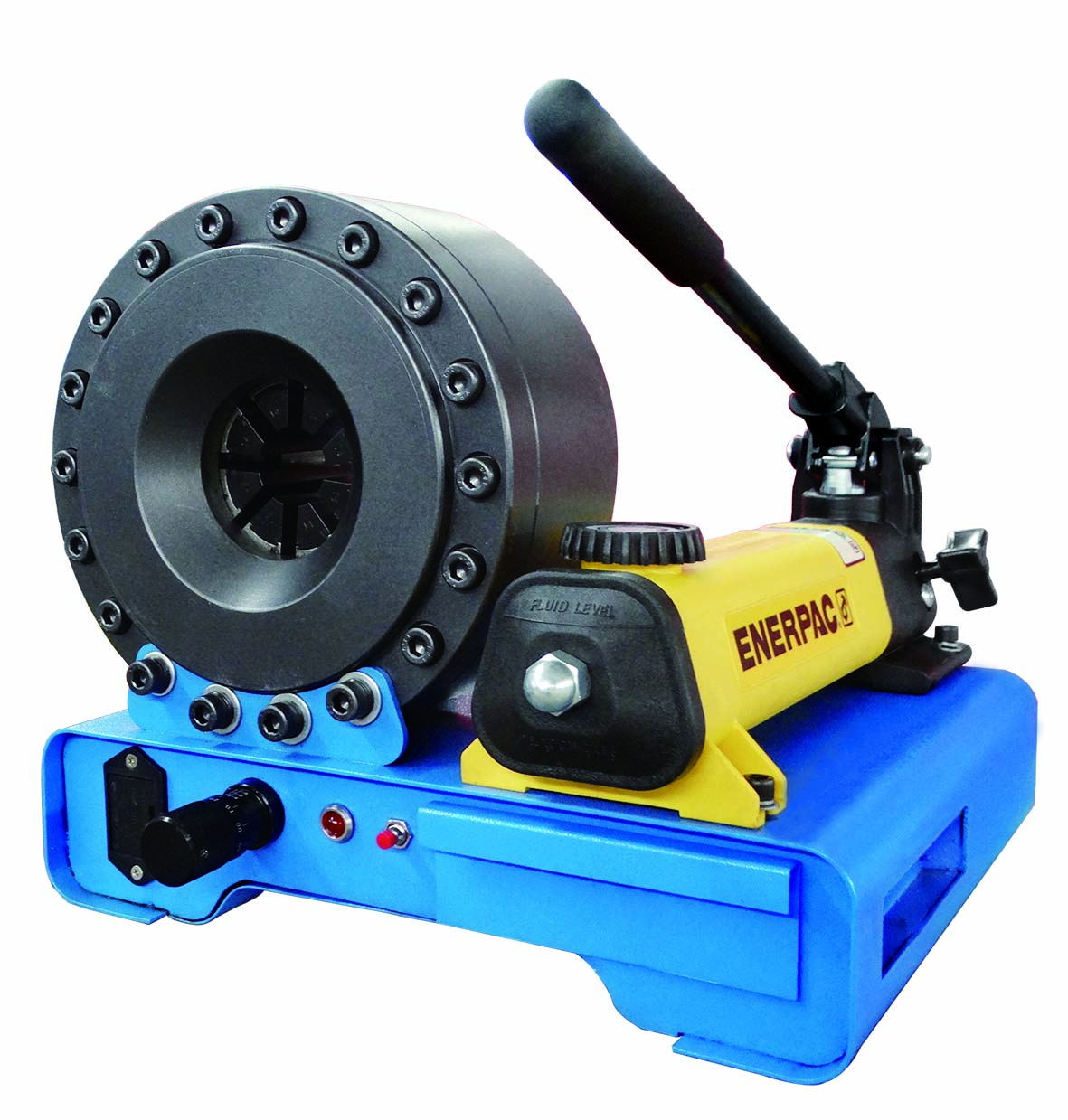335345435
Oct . 07, 2024 09:25 Back to list
oem hydraulic hose assembly
Understanding OEM Hydraulic Hose Assemblies Importance and Applications
Hydraulic hose assemblies are vital components in many applications across various industries. When referring to OEM (Original Equipment Manufacturer) hydraulic hose assemblies, we are discussing parts that are manufactured specifically for original equipment specifications, ensuring compatibility, quality, and reliability. This article will explore what OEM hydraulic hose assemblies are, the importance of their quality, and their diverse applications.
What is an OEM Hydraulic Hose Assembly?
An OEM hydraulic hose assembly is a pre-formed unit designed and manufactured to meet the specifications set by the machinery manufacturer. This includes not just the hoses, but also the fittings, adapters, and any protective coverings that form part of the assembly. The key to OEM assemblies is that they are made with the same materials and production techniques as the original components, ensuring they deliver the same performance standards.
Several variables influence the design of hydraulic hose assemblies, including pressure ratings, temperature tolerances, and fluid compatibility. OEM suppliers pay close attention to these factors to guarantee that their products withstand the demands of specific machinery and application environments.
The Importance of Quality in Hydraulic Hose Assemblies
1. Performance The primary function of hydraulic hoses is to transfer hydraulic fluid under pressure. High-quality hose assemblies will handle the required pressures without suffering from leaks or ruptures, which can lead to inefficient machinery operation or even accidents.
2. Safety Poorly manufactured or substandard hose assemblies can pose serious safety risks. Failures in hydraulic systems can cause harm to operators and damage to equipment. OEM parts, having adhered to stringent quality control measures, help mitigate these risks.
3. Longevity Investing in OEM hydraulic hose assemblies often leads to increased lifespan compared to generic alternatives. Quality materials and dedicated engineering ensure that OEM products endure the conditions they are exposed to, reducing the frequency of replacements.
4. Cost-Effectiveness While OEM parts often come at a premium, their reliability can result in long-term savings. The cost of downtime due to equipment failures or inefficient operations can far exceed the initial savings from using cheaper, non-OEM parts.
oem hydraulic hose assembly

Applications of OEM Hydraulic Hose Assemblies
OEM hydraulic hose assemblies find use in a variety of sectors, reflecting their versatility and critical role in modern machinery. Some common applications include
- Construction Equipment Hydraulic hoses are integral to equipment such as excavators, bulldozers, and cranes. OEM assemblies ensure that these machines operate smoothly, efficiently, and safely under demanding conditions.
- Agricultural Machinery Tractors and harvesters rely heavily on hydraulic systems powered by hose assemblies to lift, lower, and maneuver essential tools and attachments.
- Manufacturing Many manufacturing processes leverage hydraulic systems to enhance precision and output. OEM hose assemblies ensure that these processes maintain operational integrity throughout.
- Automotive In vehicles, hydraulic hose assemblies are critical for systems such as brakes and power steering. Using OEM parts in automotive applications ensures safety and performance, vital for both consumer trust and regulatory compliance.
- Mining and Oil & Gas Harsh environments present unique challenges for hydraulic systems in mining and oil extraction. OEM assemblies engineered for these applications guarantee performance under extreme conditions.
Conclusion
In summary, OEM hydraulic hose assemblies play a crucial role in various industries by ensuring that machinery operates safely, efficiently, and reliably. Their design meets the strict specifications required by manufacturers, making them essential for maintaining equipment performance and longevity. By choosing OEM products, operators reduce risks and costs associated with machinery failures, ultimately enhancing productivity. As industries continue to evolve and technology advances, the significance of OEM hydraulic hose assemblies will only grow, reinforcing their necessity in modern engineering landscapes.
-
SAE 100 R17 Black Smooth Cover Hydraulic Hose
NewsMar.07,2025
-
SAE 100 R17 Black Smooth Cover Hydraulic Hose
NewsMar.07,2025
-
SAE 100 R17 Black Smooth Cover Hydraulic Hose
NewsMar.07,2025
-
SAE 100 R17 Black Smooth Cover Hydraulic Hose
NewsMar.07,2025
-
SAE 100 R17 Black Smooth Cover Hydraulic Hose
NewsMar.07,2025
-
steel wire braided hydraulic hose
NewsMar.07,2025



